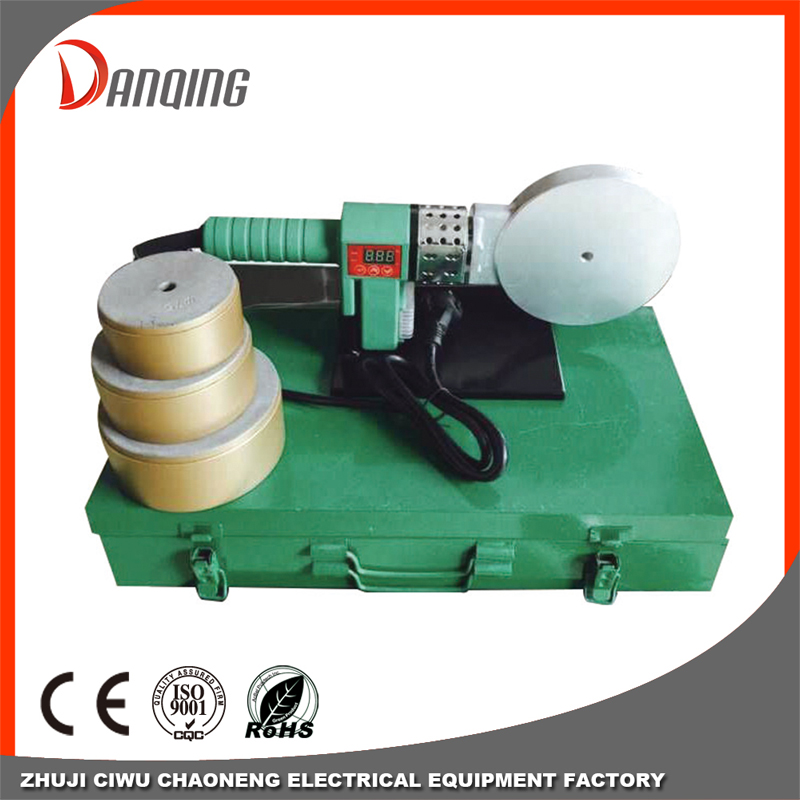Welding of stainless steel pipe
1. Argon arc welding Stainless steel pipe requires deep […]
1. Argon arc welding
Stainless steel pipe requires deep penetration, no oxide inclusions, and the heat affected zone is as small as possible. Tungsten inert gas shielded argon arc welding has good adaptability, high welding quality and good penetration performance. Its products are used in the chemical industry. , Nuclear industry and food industry are widely used.
The low welding speed is the shortcoming of argon arc welding. In order to increase the welding speed, foreign research and development have developed a variety of methods. Among them, the welding method developed from single-electrode single torch to adopting multi-electrode and multi-torch is applied in production. In the 1970s, Germany first adopted multiple welding torches arranged in a straight line along the welding seam to form a long heat flow distribution, which significantly increased the welding speed. Generally, argon arc welding with a three-electrode welding torch is used. The welded steel pipe wall thickness is S≥2mm. The welding speed is 3 to 4 times higher than that of a single welding torch, and the welding quality is also improved. The combination of argon arc welding and plasma welding can weld steel pipes with larger wall thickness. In addition, 5-10% hydrogen in argon gas and high-frequency pulse welding power supply can also increase the welding speed.
Multi-torch argon arc welding is suitable for welding austenitic and ferritic stainless steel pipes.
2. High frequency welding
High frequency welding has been used in the production of carbon steel welded pipes for more than 40 years, but it is a relatively new technology for welding stainless steel pipes. The economy of its production makes its products more widely used in the fields of architectural decoration, household appliances and mechanical structures.
High frequency welding has lower power supply, and can reach higher welding speed for steel pipes of different materials and outer diameter and wall thickness. Compared with argon arc welding, it is more than 10 times the maximum welding speed. Therefore, the production of general-purpose stainless steel pipes has a higher productivity.
Because the high frequency welding speed is high, it is difficult to remove the burrs in the welded pipe. At present, high-frequency welding stainless steel pipes are not yet accepted by the chemical and nuclear industries, which is one of the reasons.
In terms of welding material, high-frequency welding can weld various types of austenitic stainless steel pipes. At the same time, the development of steel grades and the advancement of forming welding methods have also successfully welded ferritic stainless steel AISI409 and other steel grades.

3. Combination welding technology
Various welding methods of stainless steel pipes have their own advantages and disadvantages. How to maximize the strengths and avoid weaknesses and combine several welding methods to form a new welding process to meet people's requirements for the quality and production efficiency of stainless steel welded pipe is a new trend in the development of stainless steel welded pipe technology.
After several years of exploration and research, the combined welding process has made progress. Japan, France and other countries have mastered certain combined welding technology for the production of stainless steel welded pipes.
Combination welding methods include: argon arc welding and plasma welding, high frequency welding and plasma welding, high frequency preheating and three torch argon arc welding, high frequency preheating and plasma plus argon arc welding. Combination welding increases the welding speed very significantly. The weld quality of the combined welded steel pipe using high-frequency preheating is equivalent to that of conventional argon arc welding and plasma welding. The welding operation is simple, and the entire welding system is easy to realize automation. This combination is easy to connect with existing high-frequency welding equipment and investment Low cost and good benefit.

